One of CSERC’s most important tasks is to advocate for wildlife and the habitats that support their needs. Of course, wildlife species can't speak for themselves or write responses to Environmental Impact Reports, Environmental Assessments, or other technical documents. CSERC serves as the voice for local wildlife in issues such as the following:
Livestock grazing threatens wildlife habitats
Livestock grazing on public lands has a variety of effects on wildlife habitat, depending on how much grazing takes place and the time of the year. Without active management, cattle often trample stream banks, causing erosion and sedimentation that affects amphibians, fish, and other aquatic species.
Over-grazing of meadows can eliminate or diminish tall grasses and wildflower habitat for many wildlife species. Small wildlife species often depend on tall grasses for protection from the scorching summer sun and aggressive predators.
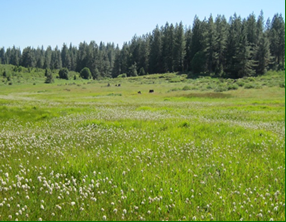
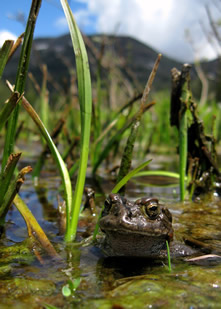
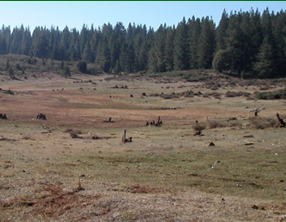
Chemical treatments effect on wildlife and wild places
Both the U.S. Forest Service and private lumber companies continue to use intensive herbicide treatments to kill vegetation such as ferns, wildflowers, shrubs, and hardwood trees that might compete with their crops of conifer trees.
Chemical treatments are meant to boost the growth of conifers, thereby increasing wood production, but the habitat loss can be devastating to forest wildlife. Herbicide treatments also have potential to contaminate water, denude expansive areas, and eliminate valuable woodland habitat.
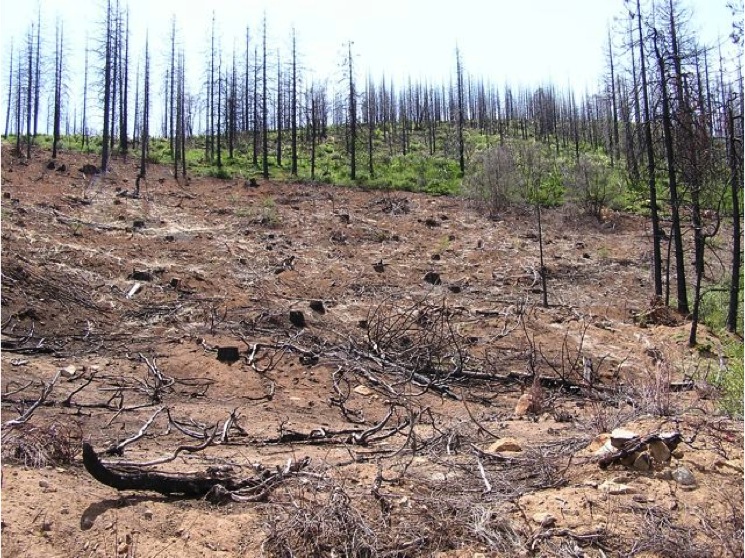
Logging removes habitat for sensitive wildlife
Clearcut logging eliminates necessary forest habitat for sensitive wildlife species such as goshawks, fishers, martens, and spotted owls. Bulldozed skid trails cause erosion that can lead to sediment washing into streams. Intensive logging disturbs wildlife species that need refuge from chainsaws, noise and traffic.
Wildlife can co-exist with logging - but only if snags, downed logs, large trees, hardwoods, and adequate canopy cover are retained at the logging site. CSERC supports science-based thinning logging treatments in the right locations.
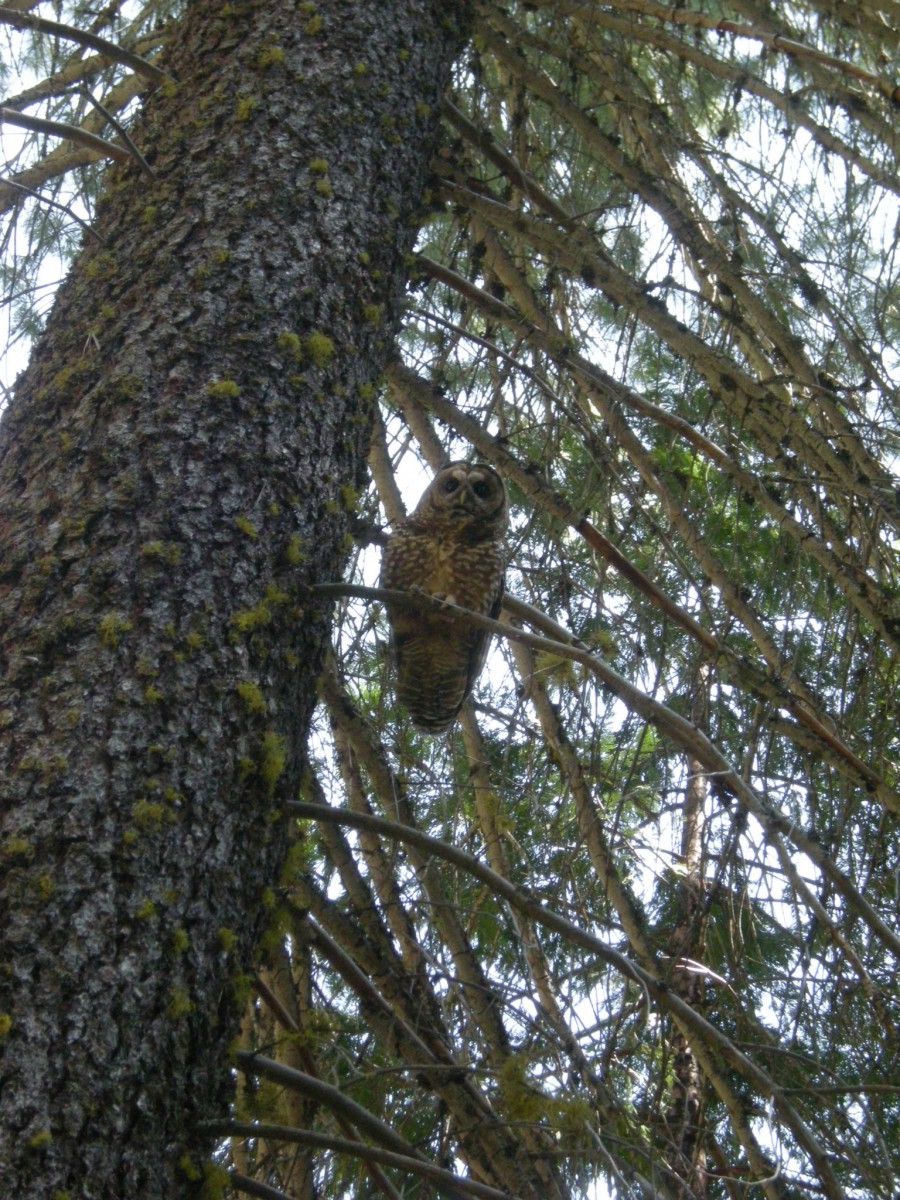
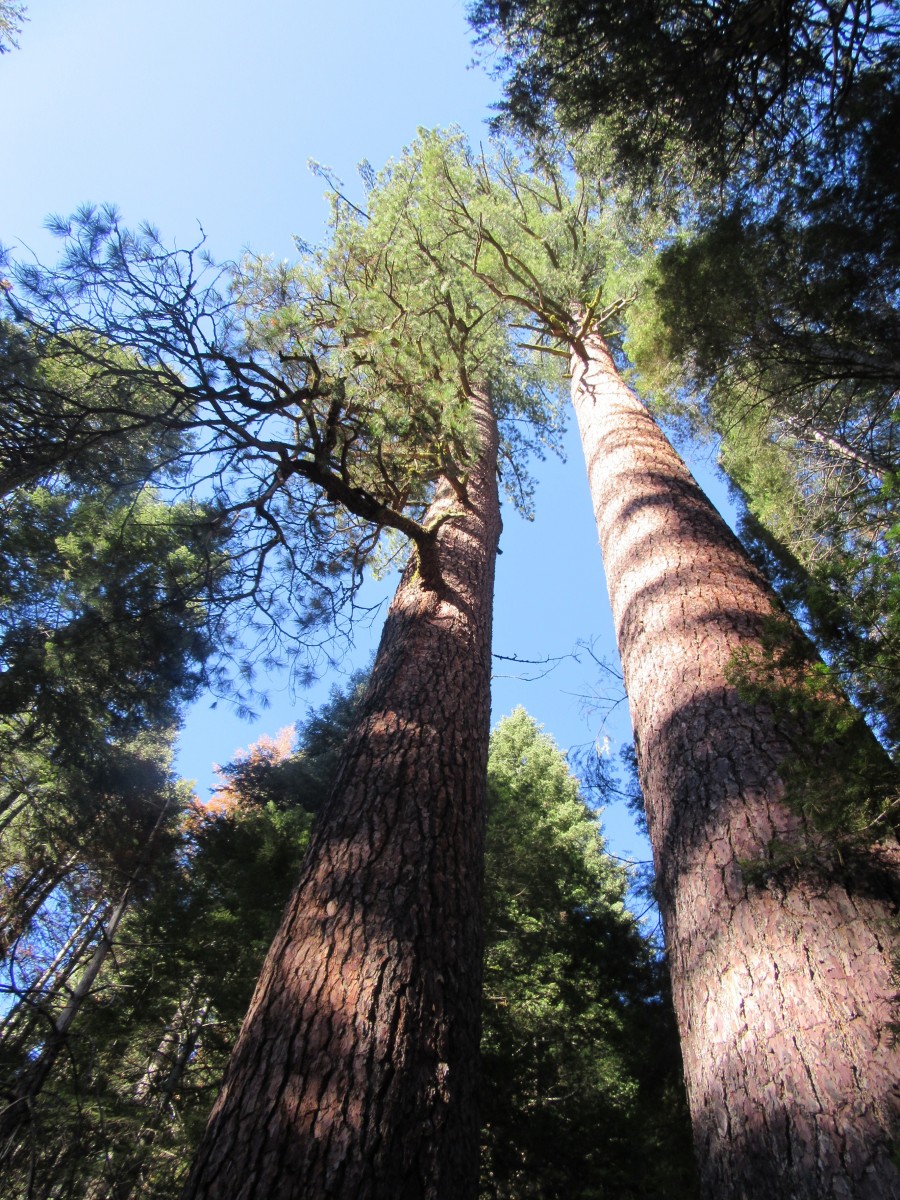
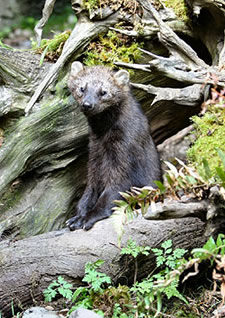
Dams and diversions harm river ecosystems
Dams and diversions cause streams to dry up, disrupt the river ecosystem, and can prevent fish and aquatic biota from accessing more than a small section of river.
Rivers and the wildlife that depend upon them are threatened by new dams, diversions, or water management policies that prioritize consumptive water use over habitat quality. Because water is in such demand, even with our vigilance addressing water issues, new demands on water resources will continue to stress local aquatic systems.
Click here to learn more about issues related to the water in the Yosemite region
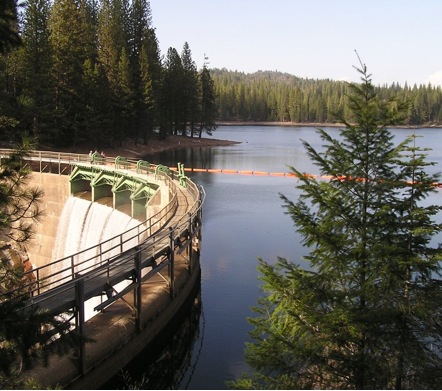
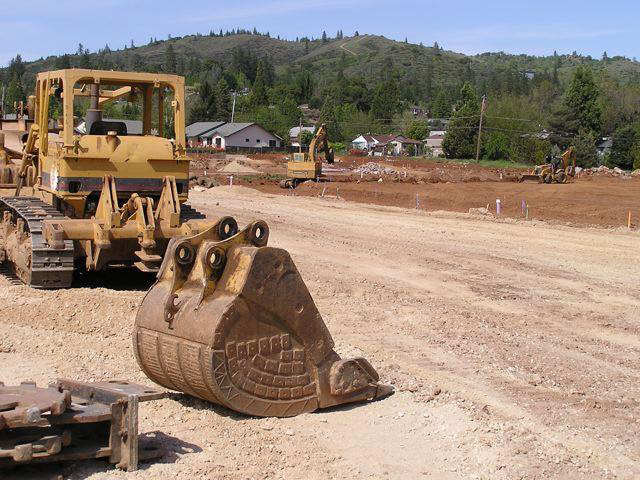
Development
One often-overlooked threat to nature in the Sierra Nevada region is the pressure to subdivide and develop land throughout the foothills.
CSERC staff reviews large numbers of development or subdivision proposals each year as we attempt to prevent or alter the worst projects, improve marginal projects, and support appropriate, well-planned growth.
Click here to learn more about issues related to land planning

